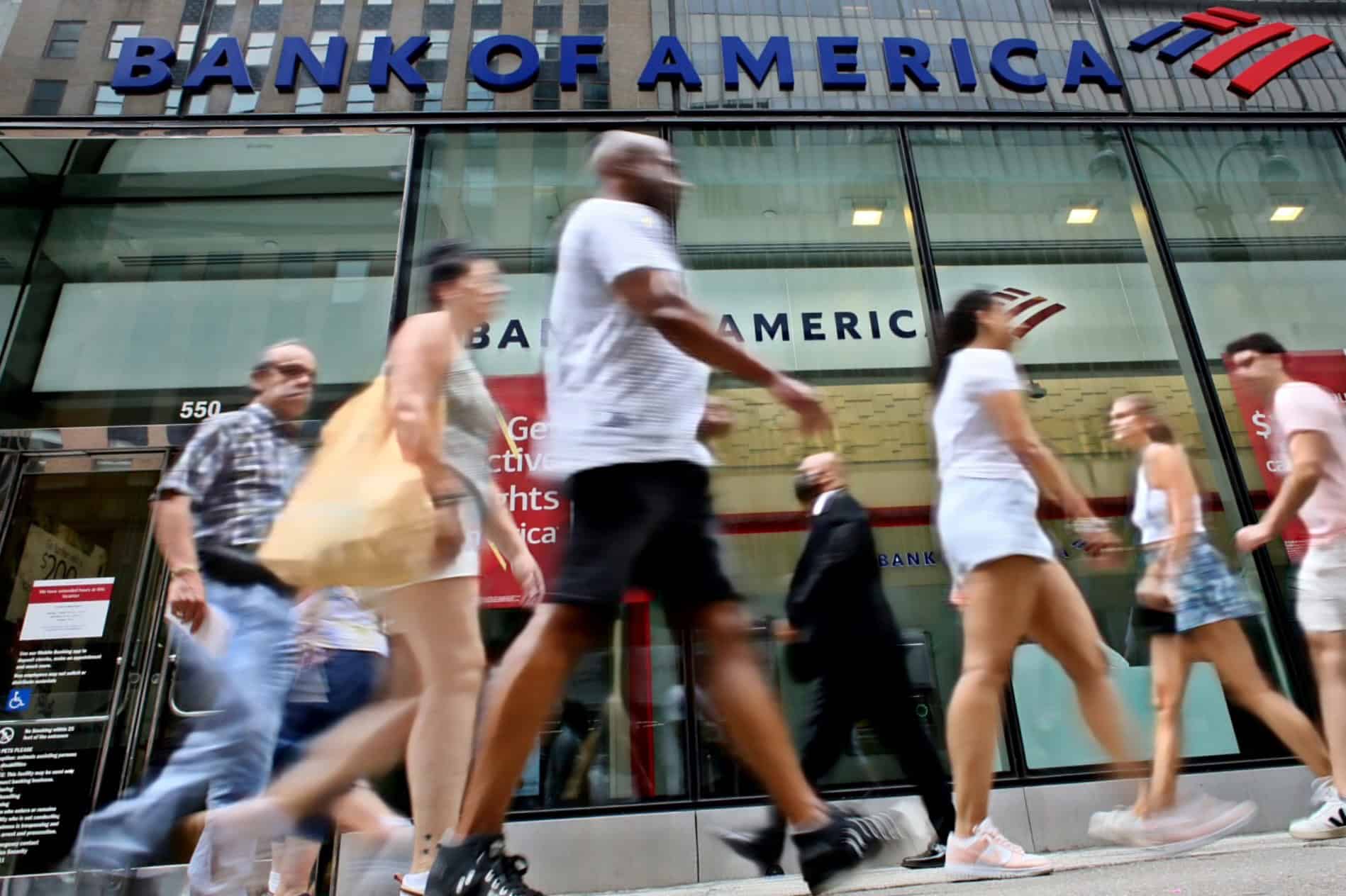(CNN) — When it comes to food advertising, what you see is rarely what you get. A recent wave of lawsuits wants to change this situation.
In recent years, lawyers have filed class-action lawsuits against fast food companies, alleging that they misrepresent foods in their marketing.
Attorneys James Kelly and Anthony Russo, in particular, have led the charge, filing lawsuits against Taco Bell, Wendy’s, McDonald’s, Burger King, and Arby’s. According to the lawsuits, these companies use ads that are not consistent with real foods.
As evidence, the lawsuits show photos of the foods being marketed alongside photos of their real counterparts. In the ads, the burger is long, filled with meat and cheese, and topped with a round, golden bun. But in photos of burgers purchased from a real fast food establishment, they are flat, the meat and cheese barely protruding from the soft white bun. Tacos are no different: In Taco Bell ads, Crunchwraps look delicious and filling. And in photos of the suit it looks flat and almost empty. The lawsuits continue.
“We saw a record number of food-related lawsuits filed from 2020 to 2023, with hundreds of new lawsuits each year,” said Tommy Tobin, an attorney at Perkins Coie and a UCLA law professor. the law.
The explosion was largely driven by the efforts of a group of lawyers, including Russo and Kelly, said Bonnie Batten, executive director of Truth in Advertising, a nonprofit focused on protecting consumers from misleading ads.
He explains that his cases focus on quantity, arguing that foods in advertisements appear more plentiful than what customers actually receive. Other lawyers, such as Spencer Sheehan, focus on how the food is described. Sheehan, a New York lawyer, submitted Hundreds of class action lawsuits About misleading words on packaged foods, such as the use of the word “vanilla” on foods made with little or no real vanilla.
Wendy’s burger. (Photo: Catherine Fry/The Washington Post/Getty Images)
Large chains have also been hit with lawsuits over the way they describe food. A class-action lawsuit was filed last year against Starbucks alleging that the chain misleads buyers of its “refreshing” drinks by naming them after ingredients it does not own. The lawsuit claims, for example, that “the Mango Dragonfruit Refreshers and Mango Dragonfruit Lemonade products do not contain mango” and that, in fact, “all products are made predominantly of water, concentrated grape juice, and sugar.” Starbucks argued, among other things, that the fruits mentioned referred to a flavor and not an ingredient.
“The allegations in the lawsuit are inaccurate and baseless,” a Starbucks spokesperson said in a statement, adding, “We look forward to defending ourselves against these allegations.”
For a judge or jury to side with plaintiffs in false advertising lawsuits, attorneys must successfully prove that the ads would mislead a “reasonable consumer,” Tobin explained.
“Under this rule, the court asks whether a reasonable consumer would be deceived by the product’s marketing or labeling,” he said.
Courts will have to draw a line between false advertising and simple advertising, which may be more complicated than it seems.
What is a reasonable consumer?
In an attempt to dismiss the lawsuit against it, Burger King claimed that its advertising was fair.
“Reasonable consumers who view food ads know” that the foods shown in the ads “are designed to appear as appetizing as possible,” Burger King said in a recent lawsuit. This “innate” knowledge, plus the fact that the Whopper burger is always made with a quarter pound of beef, as promised, means the ads are good, according to Burger King.
“Plaintiffs’ allegations are false,” a Burger King spokesperson said in a statement about the lawsuit. “The roast beef patties featured in our ads are the same ones used in the millions of Whopper sandwiches we serve to our customers across the country.” Arby’s, McDonald’s and Taco Bell did not respond to requests for comment. Wendy’s declined to comment, citing the ongoing lawsuit.
The lawsuits allege that McDonald’s, Burger King and Wendy’s hamburgers are not what they appear in ads. (Photo: Catherine Fry/The Washington Post/Getty Images/Archive)
For Rousseau, this argument is invalid. He is more interested in what he calls the “common sense test.” In his opinion, the fast food chains that are the subject of his lawsuit do not achieve this.
“If you look at what their ads are showing and what all consumers receive on a regular basis… you’ll find a stark contrast,” he says. “You can talk about weight… you can talk about size… these are all the things that experts address,” he said. But if the image differs significantly from the product, he says, those details don’t matter.
In the Burger King case, the judge recently agreed to refer the question of what is “reasonable” to the jury, declining to dismiss the case entirely, as Burger King had requested.
Starbucks will also have to confront several claims brought against it in the class action lawsuit. “Plaintiffs have sufficiently alleged that the names of the beverages in question could mislead a significant portion of the consuming public,” a recent order said.
What you see is not what you get
For Patten, the reasonable consumer is the “average consumer.” According to her, the judicial system usually expects more from a reasonable consumer than from an ordinary consumer.
“Courts tend to have a very high view of who is a reasonable consumer,” he said. “And I think as a result, they will reject many of these types of class action lawsuits, taking the position that of course the rational consumer knows that this type of advertising exaggerates the quality and quantity of food.”
But Patten has heard many people complain about this discrepancy in particular, between the amount of food they expect due to advertising and what they actually receive.
“This happens to us with hamburgers, with buckets of chicken, with all kinds of fast food,” he says.
When it comes to accusations of false advertising, there are more serious issues than whether the signal on your screen matches the signal in your hand. Patten isn’t convinced that class action lawsuits are the way to go: If they’re not dismissed, they often settle, offering the defendant certain protections and giving consumers a small sum of money, while their lawyers carry a larger package.
But now that people are watching their budgets, it’s worth asking whether customers are getting all the food they expect from large fast food chains.
When people use their limited resources to buy this and then don’t get the amount of food they expected, that’s definitely a problem.
Patten said the lawsuits and attention it has received can help inform the public about what to really expect.
They can “help educate consumers and make them more informed purchases of their dinners,” he said. “The best defense against deceptive marketing is an informed consumer.”


:quality(70)/cloudfront-us-east-1.images.arcpublishing.com/elfinanciero/JH5RRWBQRRGUHDUBZPKY54I274.jpeg)


:format(jpeg):focal(236x78:246x68)/cloudfront-us-east-1.images.arcpublishing.com/gfrmedia/332U3FVSY5HCBEBDLIFLN2FJNA.png)